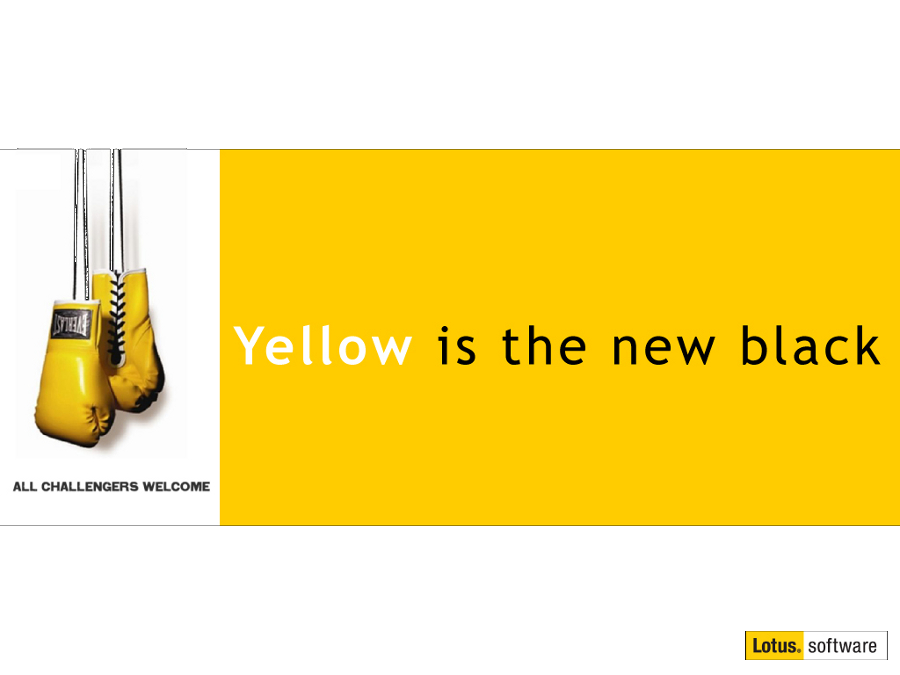No! No! No! You do not HAVE to give your users Author access to Resource Reservations!
Mat Newman August 9 2010 21:33:35
I've been doing some user upgrade training recently that involved a significant amount of re-education about the way people use Notes - especially their own calendar. It prompted me to write this post.If you're an Admin (or even if you're a Notes user) - think about these:
- Have you ever heard a heated discussion coming from a room, and yet there was no-one in there?
- Have you ever seen a car driving itself?
- Have you ever seen a computer composing a slide-deck without any user input?
My guess would be NO!
People-Places-Things
These are the three components of any scheduling system.
People get together to hold a meeting, normally in some sort of meeting Room, they might even use a Computer/Projector to run a slide-deck during the meeting, or drive one of your car-pool vehicles to get to the meeting.
The crux of this is that someone (People) is in the room (Place), someone (People) is using the computer (Thing) and someone (People) drove the car (Thing).
So if someone is using the room, computer or car - why aren't they using their own calendar to schedule their usage of those places and things?
As an administrator you have probably been asked to configure Places and Things, and in Notes this involves the Resource Reservations database. People normally have their own calendar, since this is part of their own Mail database, and creating a mail database is part of the process of creating a new user.
Now the shock part:
Just because you create a Resource Reservations database, it doesn't then follow that you have to let anyone create documents directly in that database!
Think of it like this, you create a user and their associated Mail database; but how often do you give everyone in your company the ability to add appointments into that users calendar?
The many complaints I have heard in the last few weeks from users managing Places and Things is due to the fact that they're directly booking rooms and resources using Resource Reservations, rather than putting that booking into their own diary.
They complain that they have to separately book a room, and any resources they need to conduct the meeting, not realising that they could do it all just by scheduling a meeting in their own calendar, and then including the room and resources in the meeting invitation.
The other complaint is "but I'm NOT the chair of the meeting." So if you're not running the meeting, make sure the person who is the chair is the person who's calendar the meeting is created in. Sometimes this might mean contacting the "chair's" Administrative Assistant - who has access to the chair's calendar - to create the meeting.
The other consideration is when a "generic" meeting is being created. This is when a generic calendar comes into play. Generic Calendars might be task oriented (eg:HR and Training) or office/location oriented (eg: MCG Stadium Bookings). When users are given access to generic calendar's to create entries, invitations will be sent using the generic calendar's name, rather than the name of the person creating the entry.
In the above example, John creates an entry in the "MCG Stadium Bookings" calendar, reserves the "Members Board Room" and includes "Eddie President" as an invitee. When Eddie receives the invitation, it will come from "MCG Stadium Bookings" and will be held at the "Members Board Room" location.
To create a generic calendar, simply create a new database based on the mail template. Once the database has been created add a "Mail-In Database" record to your Domino Directory, specifying the server and file-name for the new database you just created. The key point is the next step:
In the Mail-In database name, make sure you specify a name in Notes format, eg: "MCG Stadium Bookings/mcc"
Once you have a Mail-in database record, go back to the database, change the "Owner" (More->Preferences, Change Owner) to the mail-in database name created in the previous step, and finally, change the launch properties of the database so it uses the "Calendar" frame-set, rather than the "Mail" frame-set.
So that's it - booking Places and Things is as easy as scheduling a meeting in your calendar, or in a generic calendar if that is more appropriate.
Once you start using meetings to reserve rooms and resources - rather than direct bookings in Resource Reservations - you will find it easier to create multiple reservations, manage and maintain the reservations you have made, and even cancel reservations (especially meetings that include multiple places and things).
Happy Scheduling!


 Feeds
Feeds